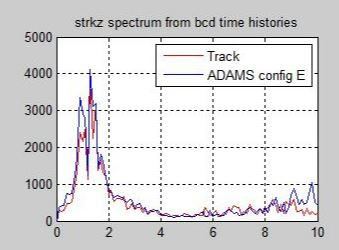Hey all,
I am looking for case studies in the field of Suspension Modelling.
To give you a little background on what I am doing: I have been working on an EV two wheeler and been using a multi-body dynamics software for comfort simulations. I also have a prototype vehicle running, which I usually run over bumps and potholes and collect acceleration data from the onboard DAQ systems. I tend to compare both the acc data (data from testing and data from simulation) after filtering through both High and low pass filters.
However, i would like to know if there are other established methods for comfort simulations. If someone can redirect me to some case studies for suspension modelling as well, that would be great!!
I am also working on a VD handling model for two-wheelers as well, will be creating a separate thread for that in coming time.
(PS: Visited this forum after a couple of years, missed this community and its wonderful participants...)
- Login or Register
No account yet? Sign up


